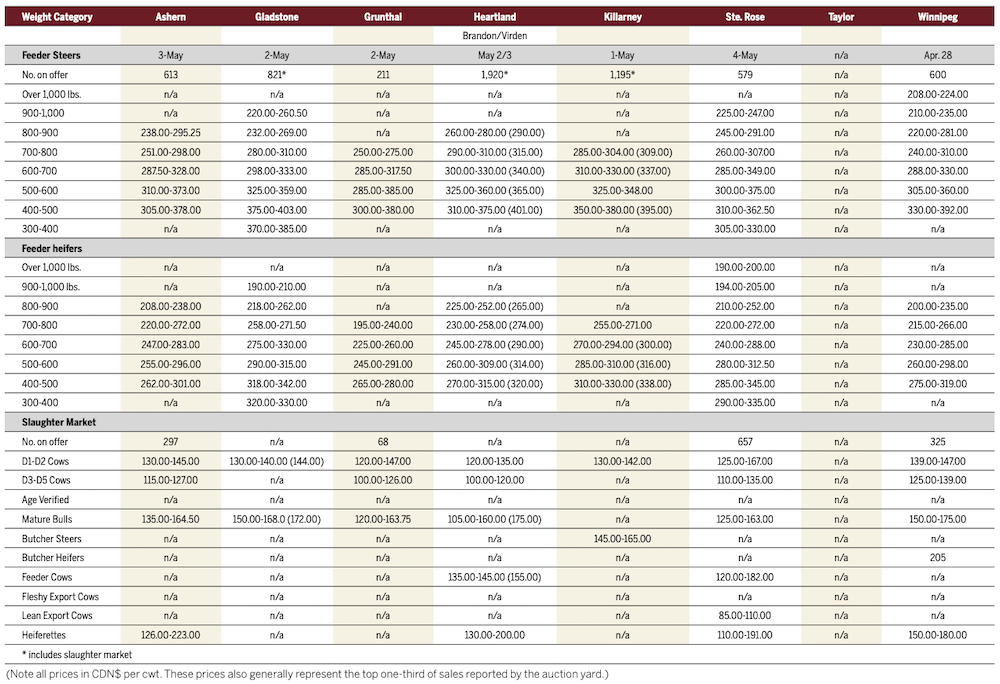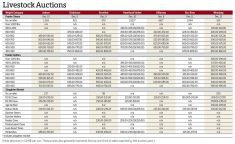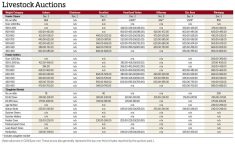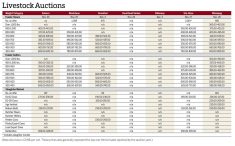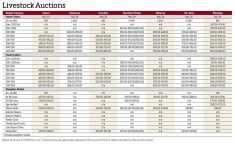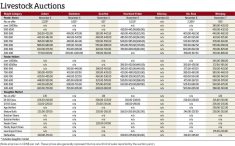A cool spring finally offered up some relief as many parts of Manitoba hit temperatures surpassing 20 C during the week ended May 4.
Tyler Slawinski, auctioneer at Gladstone and Ashern Auction Marts, said milder weather is a benefit to everyone involved.
“We get a nice day and everybody feels better,” he said, adding that emptying pens and moving cattle to grass creates peace of mind for cattle producers.
Read Also
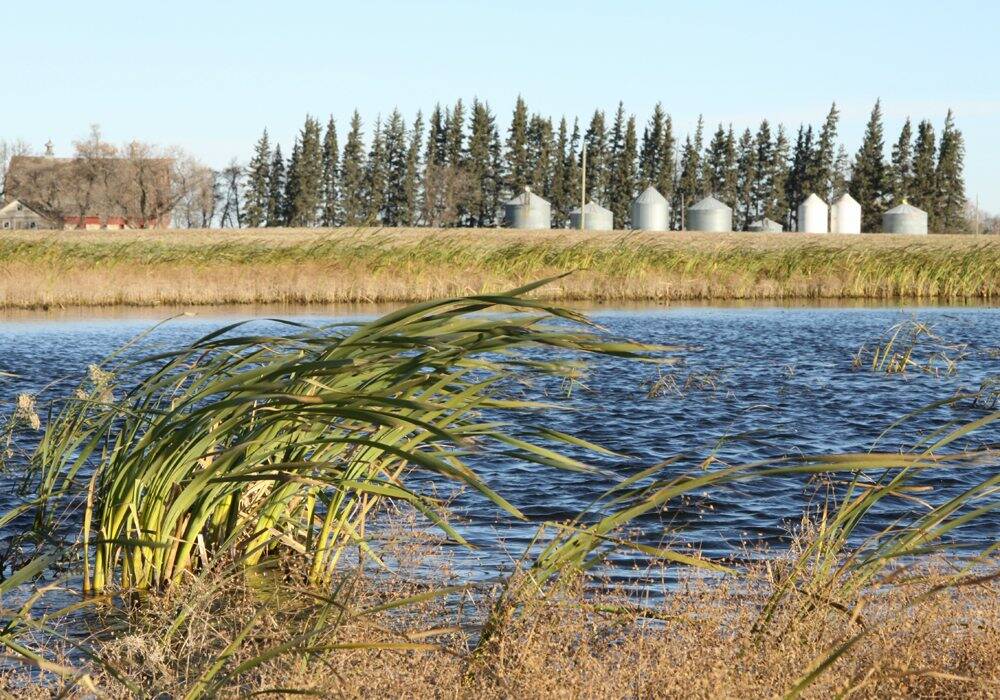
Could snails keep blue-green algae out of livestock dugouts?
Could snails keep blue-green algae out of livestock dugouts? Researchers at Brandon University are studying them as natural water quality filters.
“Things start to look a little more promising. You get some warmer weather and the grass starts peeking through. You get a little more optimism every time.”
Slawinski said many areas have adequate moisture despite generally dry conditions.
“There’s a lot more value on the grass when it is on the drier side,” he said. “If we have a drier-type season this year, it’s not going to hurt the industry as long as we do get adequate rains to keep the grazing season going. But the grass is more valuable when it’s not so lush.”
At least 7,286 cattle went through the rings at Manitoba cattle auction sites during the week ended May 4, compared to at least 7,165 in the previous week, which did not have a regular sale at the Heartland Livestock Services site in Brandon.
Feeder steers weighing 600 pounds or less were sold for $285 to $403 per hundredweight, compared to $285 to $405/cwt from the week before. Feeder heifers weighing 600 lb. or less attracted prices ranging from $245 to $345/cwt., compared to $225 to $346 during the last full week of April.
D1 and D2 cows ranged in price from $120 to $167/cwt. for the week ended May 4, higher than the $110 to $155 range one week before. Mature bulls ranged from $105 to $175/cwt., the same as last week, while heiferettes ranged in price from $110 to $223/cwt., a $23 weekly gain on the higher end.
“I don’t think anyone has ever seen cull cows and bulls bring that kind of money on the market,” Slawinski said. “Hamburger season is right here. Your fats are current and your slaughter plants are current. Things are moving and as long as beef doesn’t get too high for the end user, hopefully it stays there… The cattle producer needs these prices in order to function or be sustainable.”
On the Chicago Mercantile Exchange, the June live cattle contract ended May 4 at US$161.575/cwt., a decline of $3.15. Much of the decline came from a $1.975 drop on May 2. As for the August feeder cattle contract, there was a drop of $8.20 to close at $223.150/cwt., which included a $3.925 loss on May 2.
Slaughter cows and bulls are being moved west, said Slawinski, and others go to the True North Foods processing plant near Carman.
“Cattle numbers are probably at an all-time low in both the U.S. and Canada. That should hopefully hold some of the prices where (they are),” he added. “It’s going to be a wait-and-see type of game, but if there’s any change, I hope it’s for the best rather than for the worst. I hope these prices are able to be sustainable and not just a quick fix for the cattle producer.”


